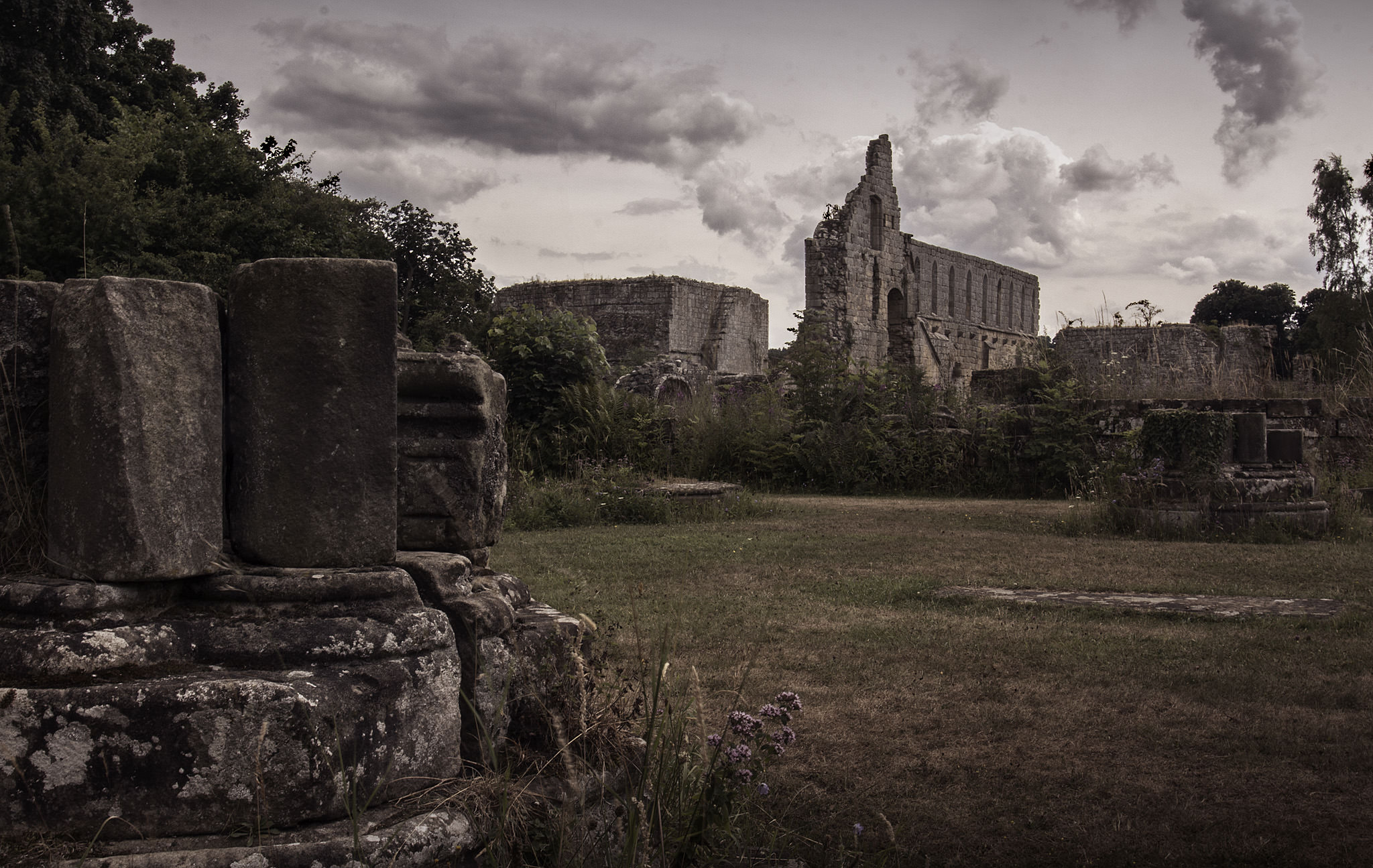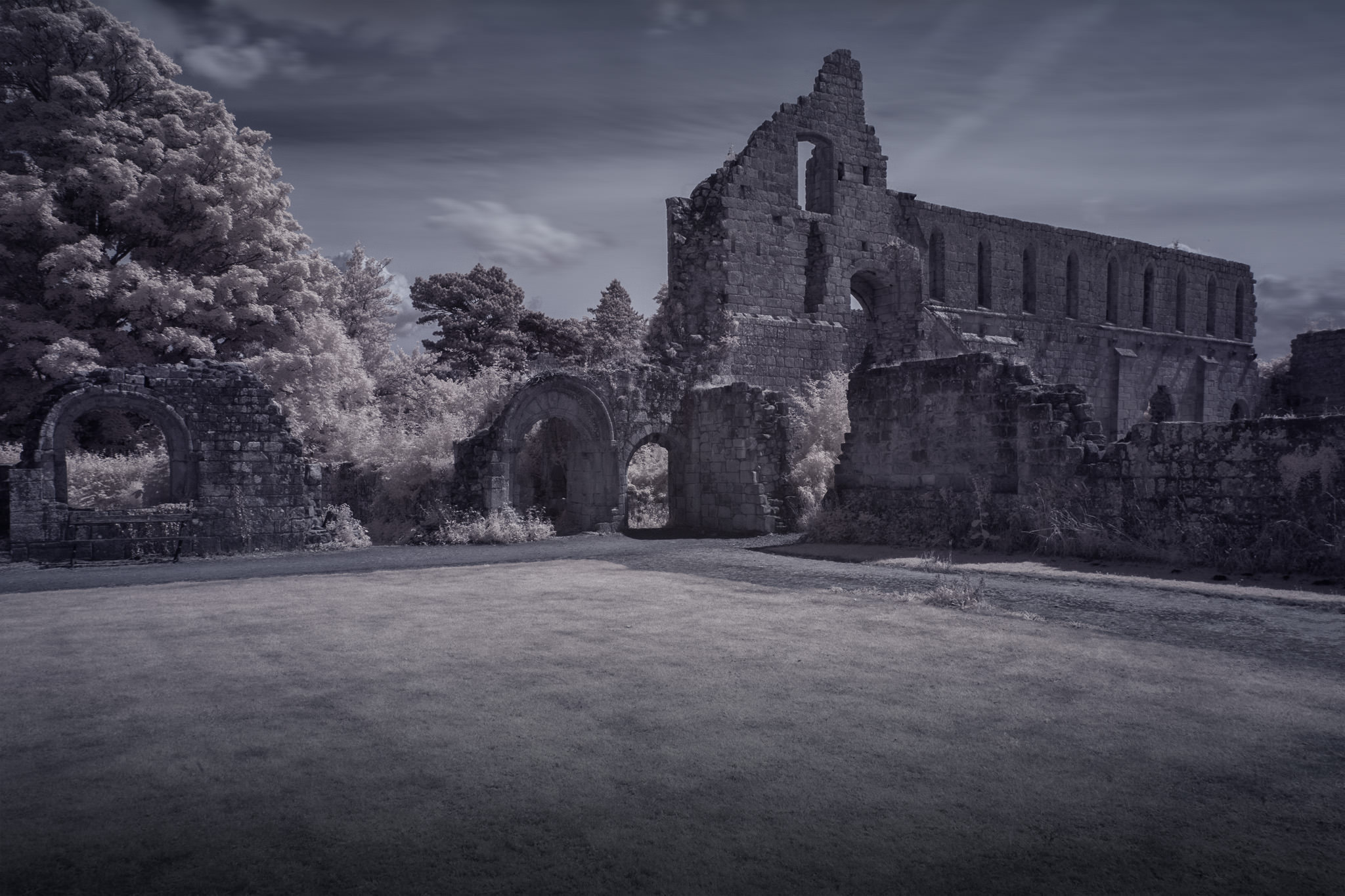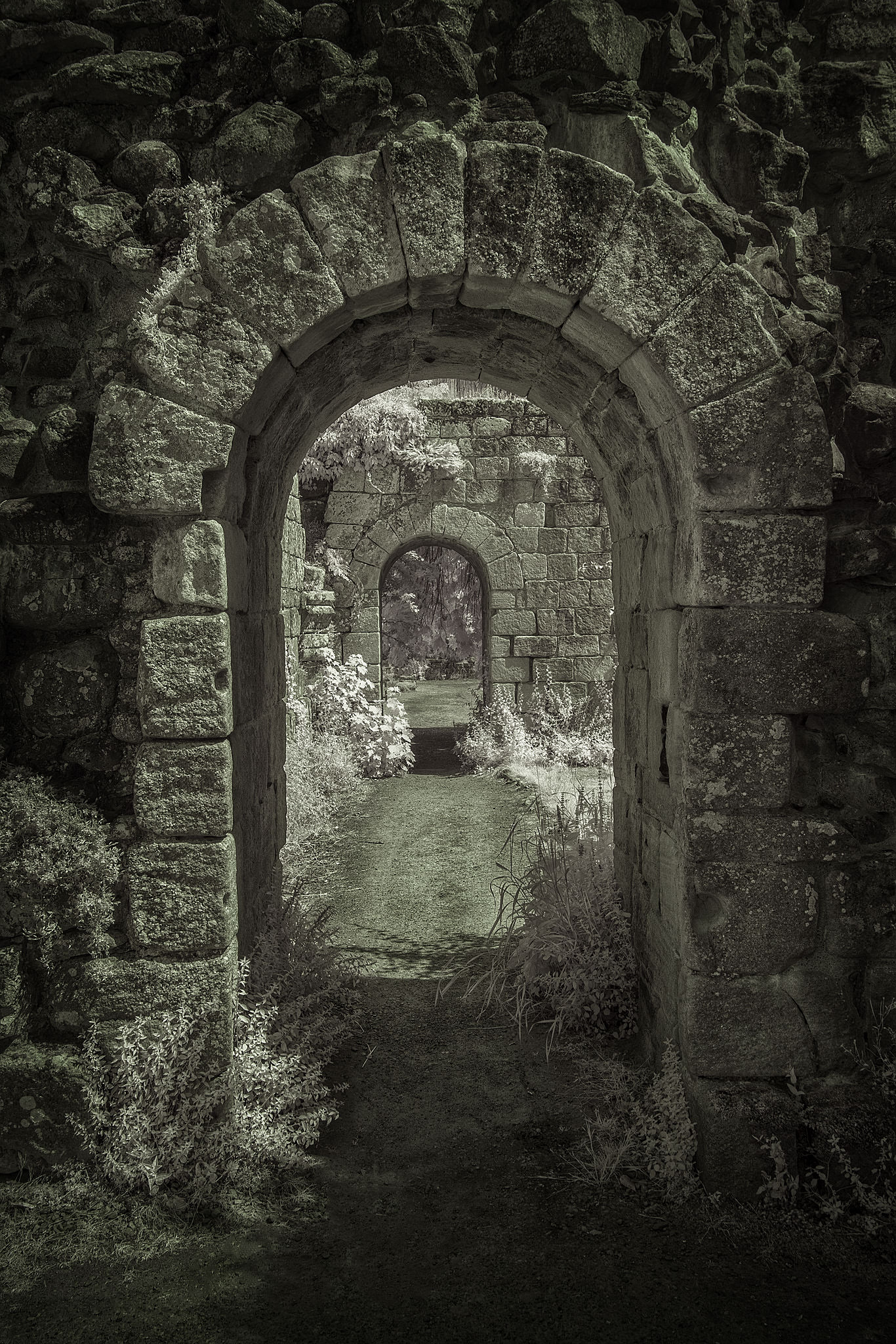Jervaulx Abbey, North Yorkshire, England



Jervaulx Abbey is one of the largest Abbeys that is in private ownership. The ruins of Jervaulx contain an almost complete range of buildings but they all survive in ruinous form. Its isolated location certain adds to its charm and authenticity.
Jervaulx was founded in 1156, when monks from Fors, near Aysgarth, England moved here. The lay brothers quarters were some of the first buildings erected on the site. Most of the manual work on the estate was carried out by the lay brothers, while the monks busied themselves with devotion, prayer and study.
Medieval monasteries and rivers or streams go hand in hand together. A source of water was needed and so a location was chosen near a water source. At Jervaulx the monks diverted the stream to make a drain that ran under the buildings. The clean water came in from one end and the dirty water ran out the other.
At Jervaulx, like most monasteries, the monks who had taken vows had their own quarters separated from the lay brothers who had not taken vows. In the infirmary this separation was duplicated, to preserve the monks solitude and keep them away from any temptations.
After the dissolution of the monasteries, monastic lands were sold off. It was usually a condition of the sale or at least an expectation, that if the church was not used by the local people, it would be torn down. Some monasteries were incorporated into houses but Jervaulx was not one of them. It is not the damage of time that has left it in its ruinous state, it is the destruction of the 16th Century that has caused it. Jervaulx had the lead stripped from its roof in 1537 and the church itself was blown up with gunpowder.
The lead from the church roof was made into ingots but the King’s agent never collected them due to the winter weather, he states;
‘the ways in that countre are so foule and deape that no caryage can passé in wyntre.’
The ingots were discovered in 1923 by the west wall of the church. They were used to restore the windows of York Minster.
In 1535 a royal commission produced a report called ‘Valor Ecclesiasticus, this was a detailed report on the wealth of each monastic house in England and Wales. After this, an act was passed to suppress all of the smaller monastic houses with an income of less then £200 a year. This lead to an uprising in the north called the Pilgrimage of Grace, an attempt to restore the smaller monasteries. Jervaulx’s suppression came directly after the Piligramage of Grace, the Abbot of Jervaulx being one of the leaders of the uprising. He was executed as a traitor in 1537 and his property was forfeited to the crown.
In the early 19th Century the ruins were owned by the Earl of Ailesbury (later spelled Aylesbury). The Earl began a campaign of preserving and excavating the Abbey ruins and laying out gardens amongst them.





